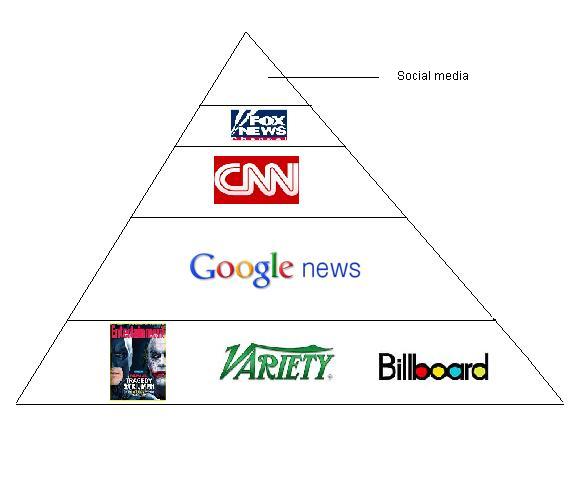Briggs Ch. 8 and 9 March 24, 2011
Posted by acusumano in : Uncategorized , add a commentWith the advent of YouTube and other sites that allow users to easily share video, the format has become an essential part of journalism. There are several avenues to utilizing video, from comprehensive edited stories to raw footage of a story highlight.
Briggs provides several tips on how to make the most of your videos:
- Mix up the shots – concentrate on steady shots rather than trying too many techniques
- Build five-shot sequences
- Pick the right environment for interviews to ensure quality audio and lighting
- Use voice-overs
He also provides a checklist of items you will need before any shoot if you can help it:
- Tapes and batteries
- Microphones
- Tripod
- Headphones
- Lights
As a film student with a particular interest in editing, I highly recommend shooting more than you need–sure, it can make the editing process a little longer and trickier but it’s far better than the alternative of not having all the footage you require.
Want an example of the prototypical news video? The BBC’s Charlie Brooker created one for “Newswipe”:
http://www.youtube.com/watch?v=qpVTUdfcEMgThe next chapter focuses on using data to tell stories. Since online news offers virtually unlimited space and content, it’s now critical to include facts, graphs, charts and databases that provide an easily navigable way of examining lots of information that would otherwise be unpublishable (such as athlete salaries, census reports, etc.). It’s also quite easy to use Google to create spreadsheets and maps to help this purpose.
Media Pyramid January 31, 2011
Posted by acusumano in : Uncategorized , add a comment
As an aspiring pop culture journalist, I feel it’s especially important to keep abreast of what’s going on in the entertainment world. That’s why magazines like Entertainment Weekly (and its companion website), Variety and Billboard are all daily reads/visits for me. In particular, I keep track of the two subjects I write about the most–rock music and the TV show “Survivor.”
Google News is a great tool because I can easily find all the relevant news on these favorite topics, and the homepage helps me get a quick look at what’s going on in just about every subject one should be versed in when it comes to current events (world news, politics, sports, etc.). Usually if something particularly interesting or shattering comes along, I’ll immediately trek to the CNN website to get an in-depth (and comparatively balanced) report.
But when I’m not looking for balance, I have to turn to Fox News (though I rarely read its website). This is a habit I inherited from my father, a big Bill O’Reilly fan. However, unlike my dad, I’m not merely looking for a channel that will only reinforce my beliefs, but challenge them. I agree with some of the decidedly conservative values the network has but those are few and far between, and I like to get alternate perspective. Plus, there’s nothing like watching Glenn Beck rant and cry.
At the top of the pyramid, I included social media. I’ve often been accused of being way behind when it comes to this; I didn’t sign up for a Facebook account until I was forced to as part of a group project for a class. I see the value in these sort of tools but usually only log in as a reactionary measure to see what people are saying about the news; not to learn it.